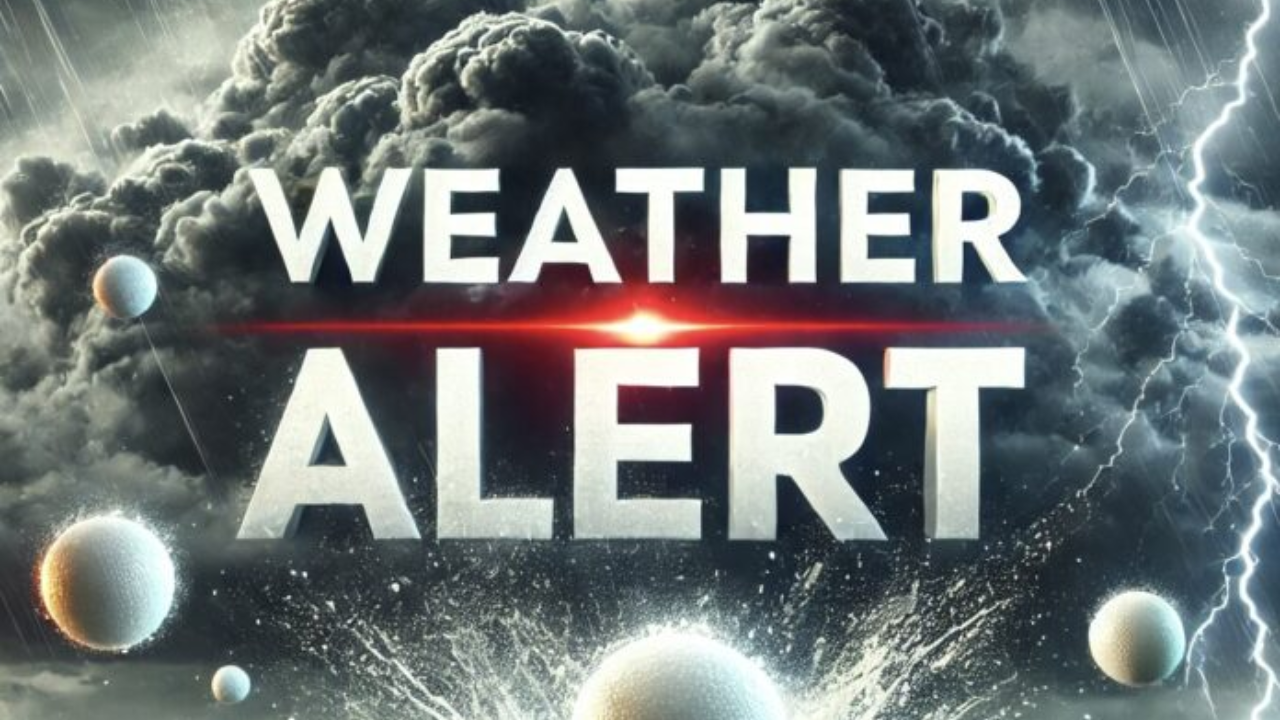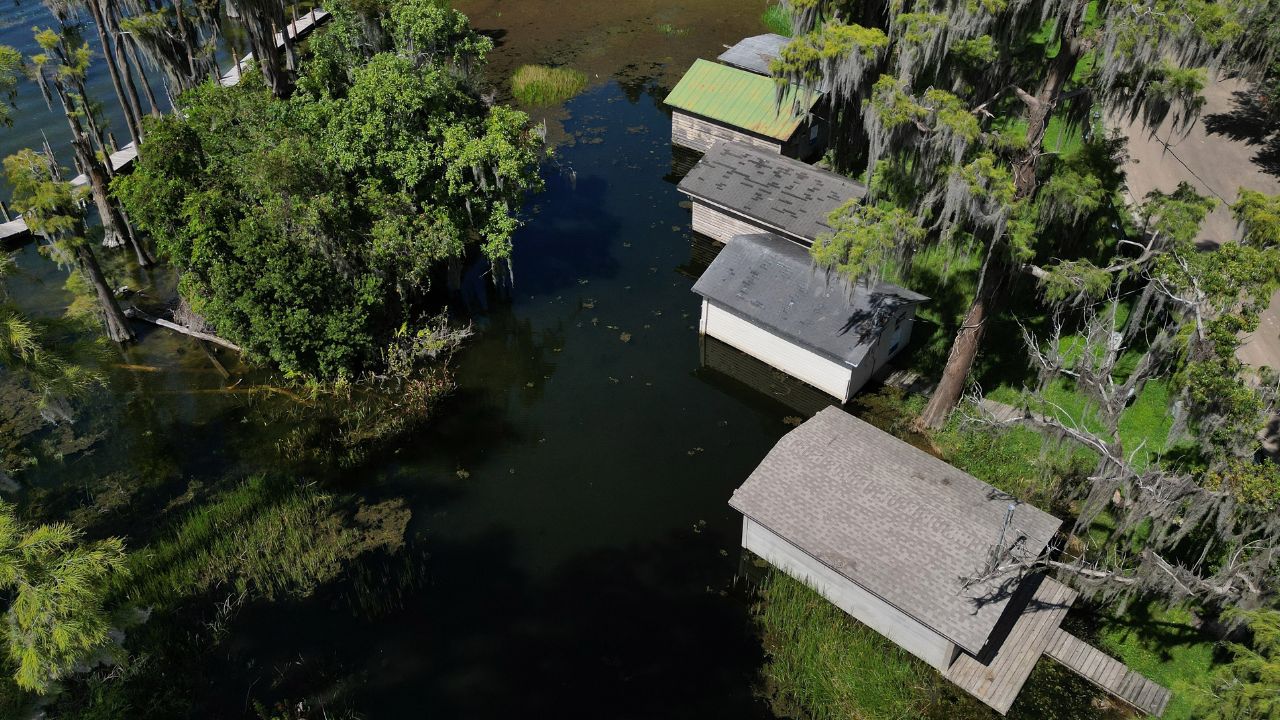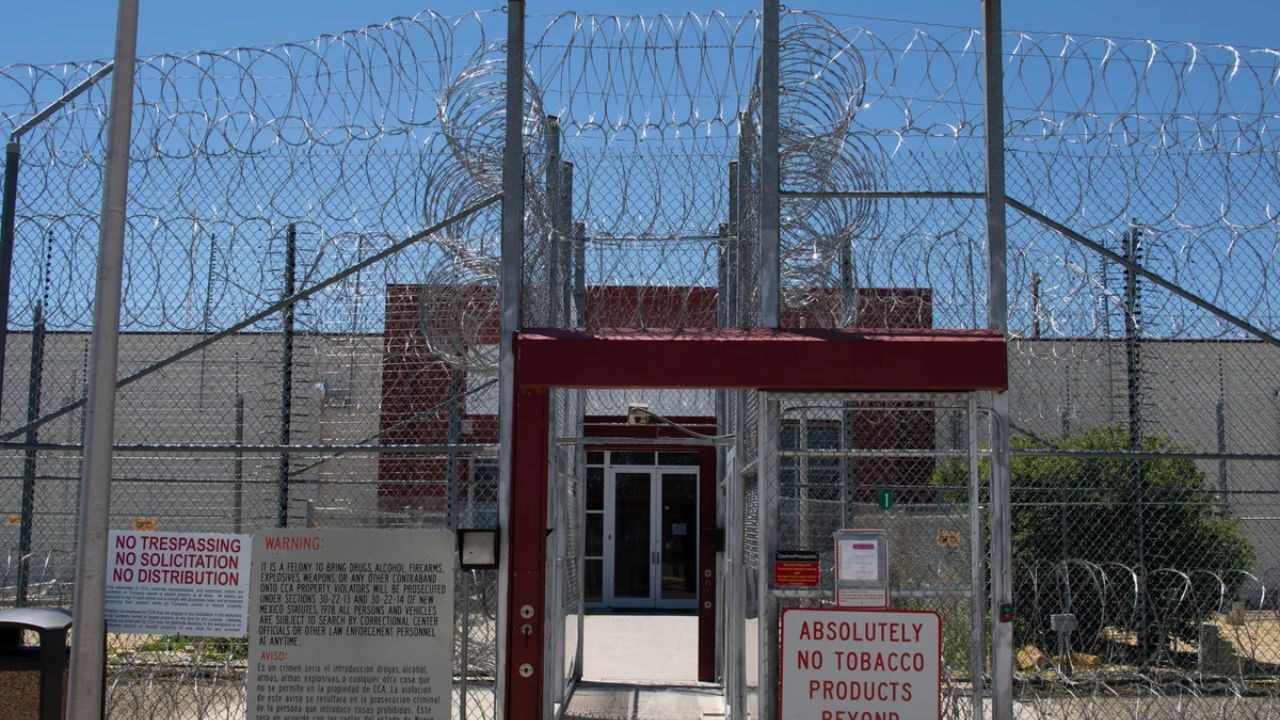A weather alert has been issued for Alabama and Georgia, warning residents about the possibility of isolated but severe thunderstorms expected through Sunday evening.
The storms could bring large hail, wind gusts up to 60 miles per hour, and intense lightning. While not every area will experience severe weather, those that do could see sudden and dangerous conditions.
According to the National Weather Service (NWS), warm and humid air combined with a weak disturbance in the atmosphere is creating the right conditions for these storms to form.
Most of the activity is expected during the late afternoon and evening hours on Sunday, when temperatures are higher and instability is greatest in the atmosphere.
Some of these storms could become severe, meaning they might produce hail the size of quarters or larger, wind gusts above 58 miles per hour, or even isolated tornadoes in rare cases.
However, the main threats this time are large hail and damaging straight-line winds. Power outages, falling tree branches, and damage to roofs or cars are all possible in areas that get hit by the strongest storms.
The Storm Prediction Center (SPC) has placed parts of central and southern Alabama and western Georgia under a Level 1 (marginal) to Level 2 (slight) risk for severe weather. This means the chances of severe storms are not widespread, but where storms do form, they could become dangerous.
If you’re planning to be outdoors or travel on Sunday, it’s important to stay alert and check the weather frequently. Storms could pop up quickly, and conditions might change within minutes.
Residents are advised to download local weather apps, keep their phones charged, and make sure they can receive weather alerts. It’s also smart to move cars into garages or under covered parking to protect them from hail damage.
People living in mobile homes or areas with lots of trees should take extra precautions. High winds can easily bring down branches or even knock over weaker structures. If a warning is issued for your area, it’s best to stay indoors and away from windows until the storm passes.
As of now, there are no widespread watches or warnings, but that could change as storms begin to develop.
The National Weather Service will be monitoring the system throughout the day and will issue alerts if any severe cells form. Residents in affected areas should follow updates from the NWS or their local emergency management offices.
This type of weather is common in the Southeast during the spring and early summer months. As the seasons transition, unstable air masses and moisture from the Gulf of Mexico can combine to fuel powerful storms.
It’s not unusual for these storms to be scattered in nature—meaning some areas may get heavy rain and wind while others stay dry.
While this isn’t expected to be a major outbreak of severe weather, the storms could still be damaging in isolated spots.
Always treat weather alerts seriously, especially when they involve hail and wind gusts over 50 mph. Even a single storm can cause power outages or create hazardous driving conditions.
Residents across Alabama and Georgia are encouraged to stay informed, especially during the late afternoon and early evening hours.
It’s better to be cautious and prepared than caught off guard. Local meteorologists are urging people to have a safety plan in place in case weather conditions worsen unexpectedly.
Disclaimer- Our team has thoroughly fact-checked this article to ensure its accuracy and maintain its credibility. We are committed to providing honest and reliable content for our readers.






